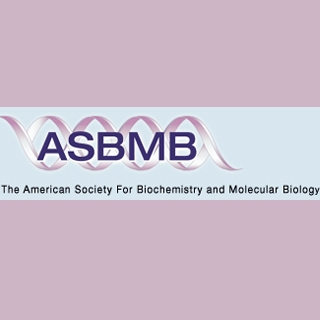
CF is known to be an inherited chronic disease affecting many organs, particularly the lungs and digestive system. Patients with CF apparently carry a defective gene that disables or destroys its protein product. It normally regulates the transport of salt across cell borders. Consequently, the body may produce thick mucus that probably blocks its ducts and tubes.
Jeng-Haur Chen, a postdoctoral researcher at the University of Iowa Carver College of Medicine and the lead author on the paper mentioned, “Understanding the regulation of salt transport in normal cells is critical for the development of new therapies for diseases, like CF, that disrupt salt movements across cell borders,”
The blockage of ducts and tubes in the body may lead to a number of ailments. This includes chronic cough and lung infection when air passages are blocked; blockage of the pancreas appears to prevent enzyme delivery to the intestine to break down food while blockage in the intestine may avert food absorption.
The defective gene responsible for CF and its protein product is called cystic fibrosis transmembrane conductance regulator or CFTR. It is believed to have been discovered only in 1989. With the help of early-detection techniques and improved therapies, the survival of CF patients seems to have been significantly better over the past 40 years. According to Chen, despite big improvements, existing therapies for CF appear to only ease symptoms. These for example, may stave off lung infections with antibiotics, loosen mucus through chest physiotherapy and also help in digestion with enzyme supplements.
He further stresses that developing a true cure seems to need two things. The first one being delivery of CFTR protein back to its correct location when it is missing on the cell border and second probably the restoration of its function when CFTR is defective.
“CFTR itself is a small passageway with a gate, called an ion channel, found on the surface of cells lining ducts and tubes, where it acts as a pathway for the movement of chloride ions, one component of salt, and regulates the transport of bicarbonate, one part of soda,” Chen elucidated.
CFTR may be capable of regulating the acid-base balance or pH of cells by adjusting the transport of these molecules. Supposedly accurate control of intracellular pH is essential for the function of all cells.
“In the case of cells lining ducts and tubes, intracellular pH regulates salt transport, protects the body against foreign invaders — such as bacteria — and controls cell survival,” Chen remarked.
Chen geared up to test his idea regarding CFTR activity. He worked upon the fact that it may be directly regulated by intracellular pH itself. Upon successful demonstration, he observed that acid pH could potently stimulate chloride transport by CFTR. Contrarily alkali pH may inhibit it. Chen then analysed the function of the individual building blocks from which CFTR is assembled to gain more knowledge on how pH could regulate chloride transport via CFTR.
“The structure of CFTR resembles a turnstile — it has a pathway for chloride movement across the cell border and a gate that controls access to this pathway. Turning of the gate is powered by adenosine triphosphate, or ATP, an energy source for all cells,” noted David Sheppard, who oversaw Chen’s work as a doctoral student in the department of physiology and pharmacology at the University of Bristol. “Jeng-Haur’s work demonstrates that intracellular pH regulates ATP docking with the gate and the speed at which the gate turns.”
Intracellular pH in this way may help ascertain the power level at the gate. This in turn could regulate the transport of salt and bicarbonate. Meanwhile Sheppard added that if a cell requires conserving energy, intracellular pH may also help in conveying to enzymes the time of shutting down CFTR activity.
This finding was to be published in the Dec. 18 issue of the Journal of Biological Chemistry.
